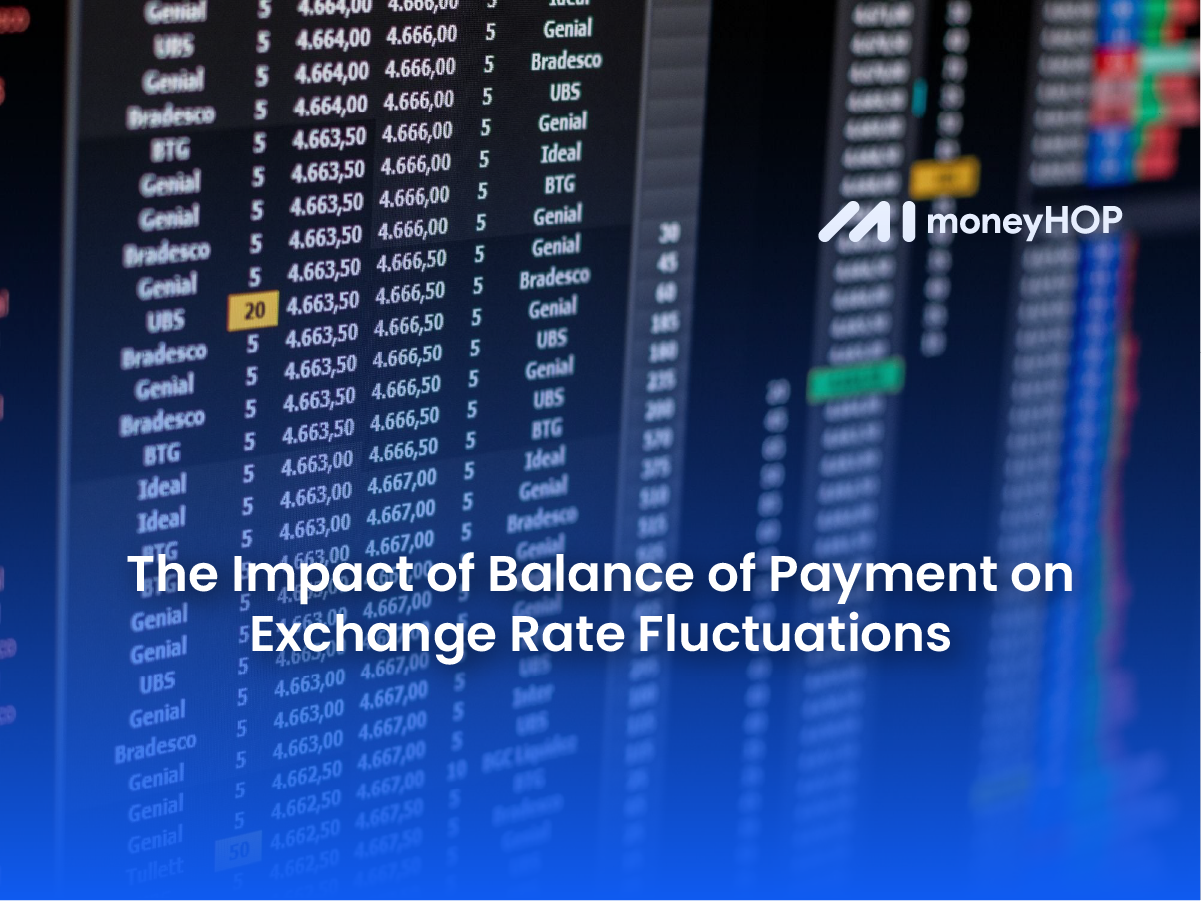BoP assumes utmost significance in the balance of India’s total economic transactions with the rest of the world and hence has to explain how the exchange rate fluctuation dynamics are taking place. Steered by the Reserve Bank of India, foreign exchange reserves are being proactively managed to keep the rupee steady amidst global economic uncertainties. The BoP is in fact influenced by the balances of trade, foreign direct investment flows, and other more pervasive international economic conditions. Understanding what the BoP means for exchange rates will ultimately contribute to a realization of the more significant financial challenges and opportunities that exist in a more excellent India today.
Understanding Balance of Payments
India’s balance of payments is split into two parts: the current account and the capital account. The current account covers the trade of goods and services, earnings from investments, and transfers like remittances. The capital account focuses on capital transfers and the buying or selling of certain non-financial assets.
1. Recent Trends in India’s BOP
In 2024, India has experienced notable shifts in its BOP dynamics:
- Foreign Exchange Reserves: As of May 3, 2024, the foreign exchange reserves have touched almost $641.6 billion, slightly up from $616.7 billion as of January 2024, consisting of foreign currency, gold, and special drawing rights that act as a buffer against economic shocks and help in the stabilization of the rupee on the global market.
- Current Account Deficit: The current account deficit in Q2 2023-24 has been revised to 1.3% of GDP, therefore a more significant deficit than earlier estimated due to the high imports of merchandise. A high CAD continuously keeps pressure on the domestic currency as demand for foreign currency increases to pay for imports—which mostly leads to depreciation.
- Overall Balance: In the overall balance of payments, there was a surplus of $30.8 billion in Q1 2024 against $6 billion recorded in the last quarter. The surplus has reflected strong capital inflows and healthy foreign investments, leading to a stronger rupee.
Read more: Essential Financial Services for Global Indian Entrepreneurs
2. Impact on Exchange Rates
- Trade Balance and Currency Value: A positive trade balance generally supports the rupee. A trade deficit weakens the rupee because more of its rupees have to be exchanged for foreign currencies to pay for imports. There are complexities added to India’s trade balance, which goes along with the global economic environment due to domestic policies. Sectors show different levels of responsiveness to changes in exchange rates; high-value and primary industries that exhibit their character contribute to the trade balance.
- Capital Flows: Foreign investment, especially the surpluses in the capital account driven by FDI and portfolio investments, plays a significant role in buttressing the rupee. Political and economic policy stability has managed to attract enormous inflows of foreign direct investments into the increasingly growing technological and manufacturing fields of India. At the same time, the Reserve Bank of India (RBI) has been trying to stabilize the currency and inflation through strategic intervention with monetary policy related to interest rates and open market operations.
- Global Economic Conditions: India’s balance of payments is highly influenced by global commodity prices, with oil playing a crucial role. As an oil-importing nation, if crude oil prices remain elevated, it could lead to a substantial rise in the import bill. This increase would expand the trade deficit and place additional strain on the value of the rupee. Also, the economic circumstances in major economies like the USA and the EU greatly influence the flow of capital into economies such as India. Many a time, this more or less results in capital outflows from India when these countries decide to tighten up their monetary policies, which in turn affects the exchange rate and makes the whole process of ensuring economic stability in India even more complicated.
3. Strategies and Implications
- Diversification of Reserves: Diversification of foreign exchange reserves is an effective tool for reducing the risks associated with currency volatility. The significant amount of gold kept by India in its reserves helps to cover inflation as well as global economic uncertainty.
- Policy Interventions: Strategic interventions by the RBI, including adjusting interest rates and engaging in open market operations, are crucial in managing exchange rate fluctuations. These measures aim to stabilize the currency and control inflation.
- Long-term Economic Reforms: Structural reforms aimed at boosting exports and reducing dependency on imports can improve the trade balance. Policies promoting domestic manufacturing and innovation are vital in this regard.
Read more: How is Technology Revolutionizing Cross-Border Financial Services?
Why pay more for international money transfers when moneyHOP is here?
- NO hidden fees
- ZERO convenience fees
- Real-time updates
- Lowest exchange rates
The road ahead
Thus, the balance of payments and exchange rate fluctuations in India interact very complexly and multilaterally. Being aware of these dynamics, policymakers would steer better clear of those challenges that would bring global economic tides with an aim at financial stability. These reforms, along with the strategic management of forex reserves, are helping India strengthen its position in the global economy.

Leave a Reply